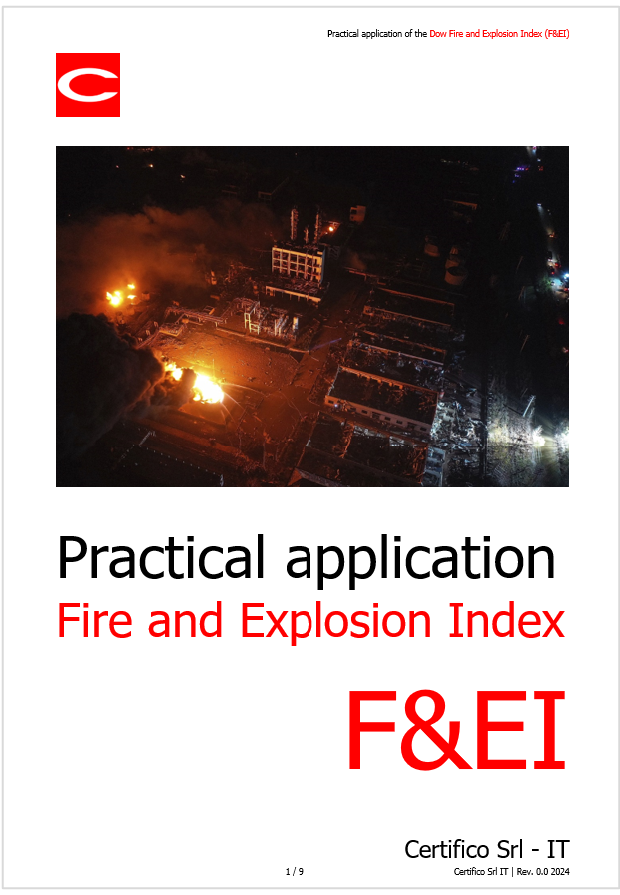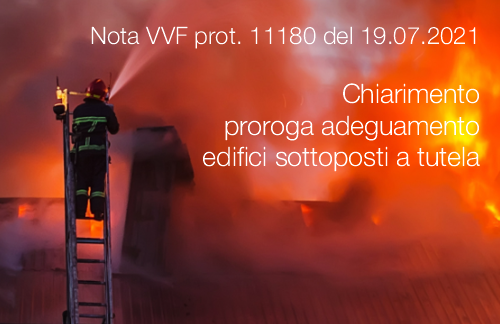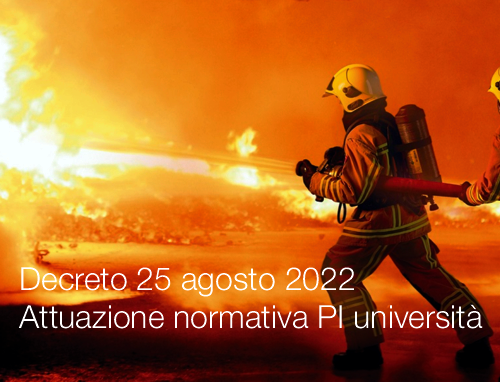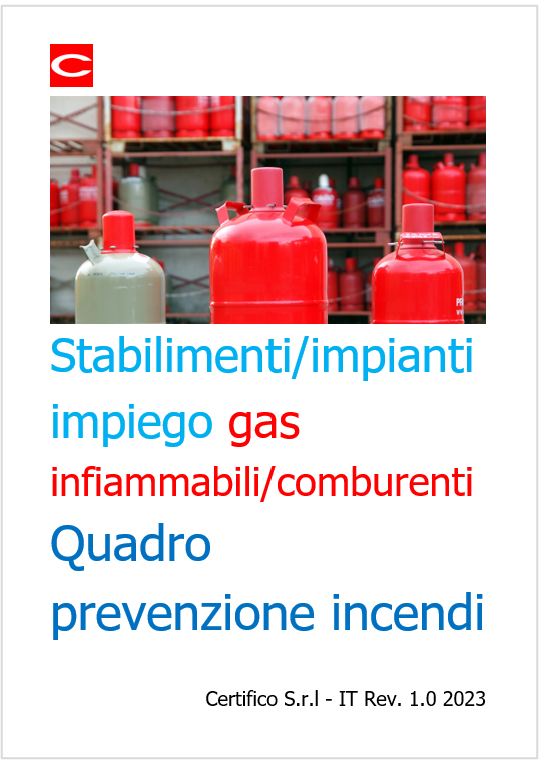La tabella seguente mostra, a fianco del valore del F&EI, il grado di pericolosità di un processo ad esso associato:
Practical application of the Dow Fire and Explosion Index (F&EI)
This article presents a practical approach to calculate the F&EI for a nitric acid plant and an understanding about this index.
Introduction
The F&EI was developed by the Dow Chemical Company in order to identify fire and explosion risks, quantify its expected potential damages and inform the F&EI risk potential to management.
The Dow Index applies only to the main process units, such as a reactor, distillation column, pump, compressor, etc.
It should not normally be necessary to determine the F&EI for more than three or four process units in a single process area (1).
The factors to identify a pertinent process area are illustrated in Figure 1.
The greater the magnitude of any of these factors, the greater the probability of the need to evaluate the process unit.
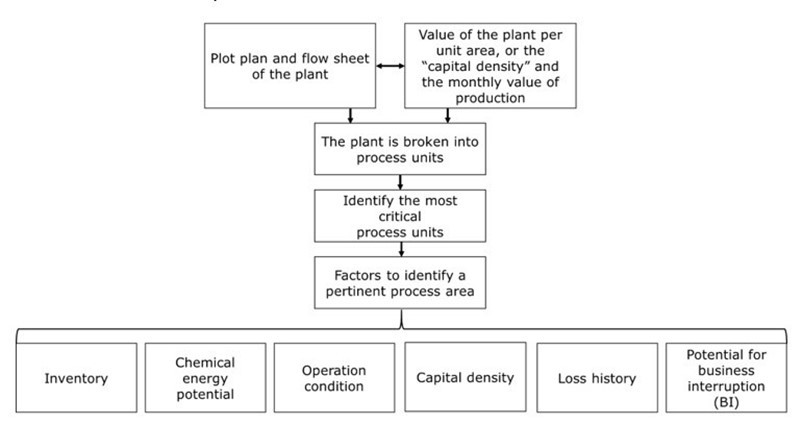
Figure 1. Factors to identify a pertinent process area
After the plant has been divided into process units, the Dow Guide provides a step by step procedure to calculate the F&EI, Figure 2.
The material factor (MF) is normally obtained from the heat of combustion of the main process material, its value is in the range 1-40 (1).
It is important that the MF must be based upon the most hazardous substance present in the process unit, which means the “worst case scenario”.
The Dow Guide has a list available with the MF values for commonly used chemicals.
Mixtures and unlisted substances have a proper procedure to identify their material factor.
The MF is calculated from the flammability value (Nf) and the reactivity value (Nr).
Those parameters are NFPA rating expressing the flammability and reactivity of the substance.
Two factors are determined (F1 and F2), one for general process hazards (GPHs) and one for special process hazards (SPHs), respectively. GPHs and SPHs are shown in Table 1.
The process unit hazards factor (F3) is the product of F1 and F2 and its value has a normal range of 1 to 8.
The larger the value of F&EI, the more hazardous is the process. This calculation is relevant for estimating the damage that would probably result from an incident in a process plant.
[..]
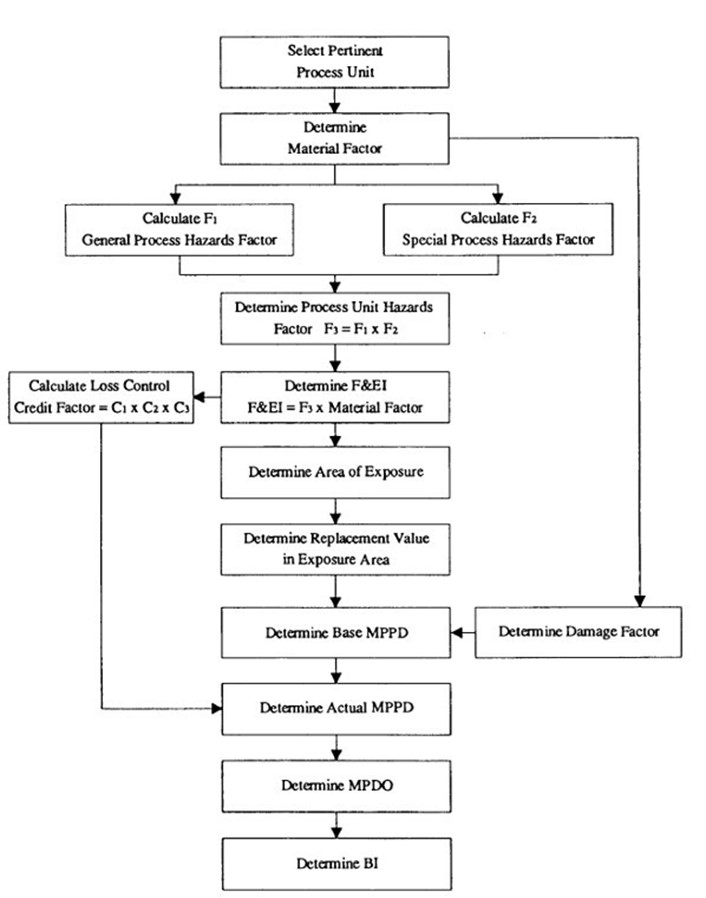
Figure 2. Flow chart of the procedure to determine the F&EI according to the Dow Guide (2)
MPPD: Maximum Probable Property Damage;
MPDO: Maximum Probable Days Outage;
BI: Business Interruption
[...]
Application in a nitric acid plant
The F&EI is evaluated for a pilot nitric acid plant in normal operation as an example to illustrate a practical approach of the described procedure.
It is important that only one hazard may be evaluated at a time.
In this case the flammability and explosion of ammonia is evaluated, and its Material Factor is based on it.
Therefore, if other hazard (e.g. combustible dusts) is present at a different time, a reasonable approach may be to evaluate the process unit for both cases separately and the highest F&EI should be considered, which means the “worst case scenario”.
Note: the values and results presented here are merely illustrative to demonstrate the procedure to evaluate the F&EI.
1. Process unit: the reactor, since it has the greatest impact on the magnitude of a potential fire or explosion. Note: In order to choose the process unit, experienced plant engineers should be consulted.
2. Material factor: According to Dow Guide for ammonia, MF=4.0. Ammonia is chosen, since it is the main combustible material. Even though hydrogen is present, and has a larger material factor (21), its concentration is too small, therefore it is not considered the dominant material. If the MF of a substance is not available at Dow Guide, the MF may be determined according to Table 1 and 2 at Dow Guide, analyzing its reactivity or instability
3. General process hazards:
- Exothermic reaction: Oxidation reaction, penalty = 0.5 (oxidation is considered as moderate exotherm reaction)
General Process Hazards Factor (F1) = Base Factor (1.0) + Oxidation reaction (0.50) = 1
[...]
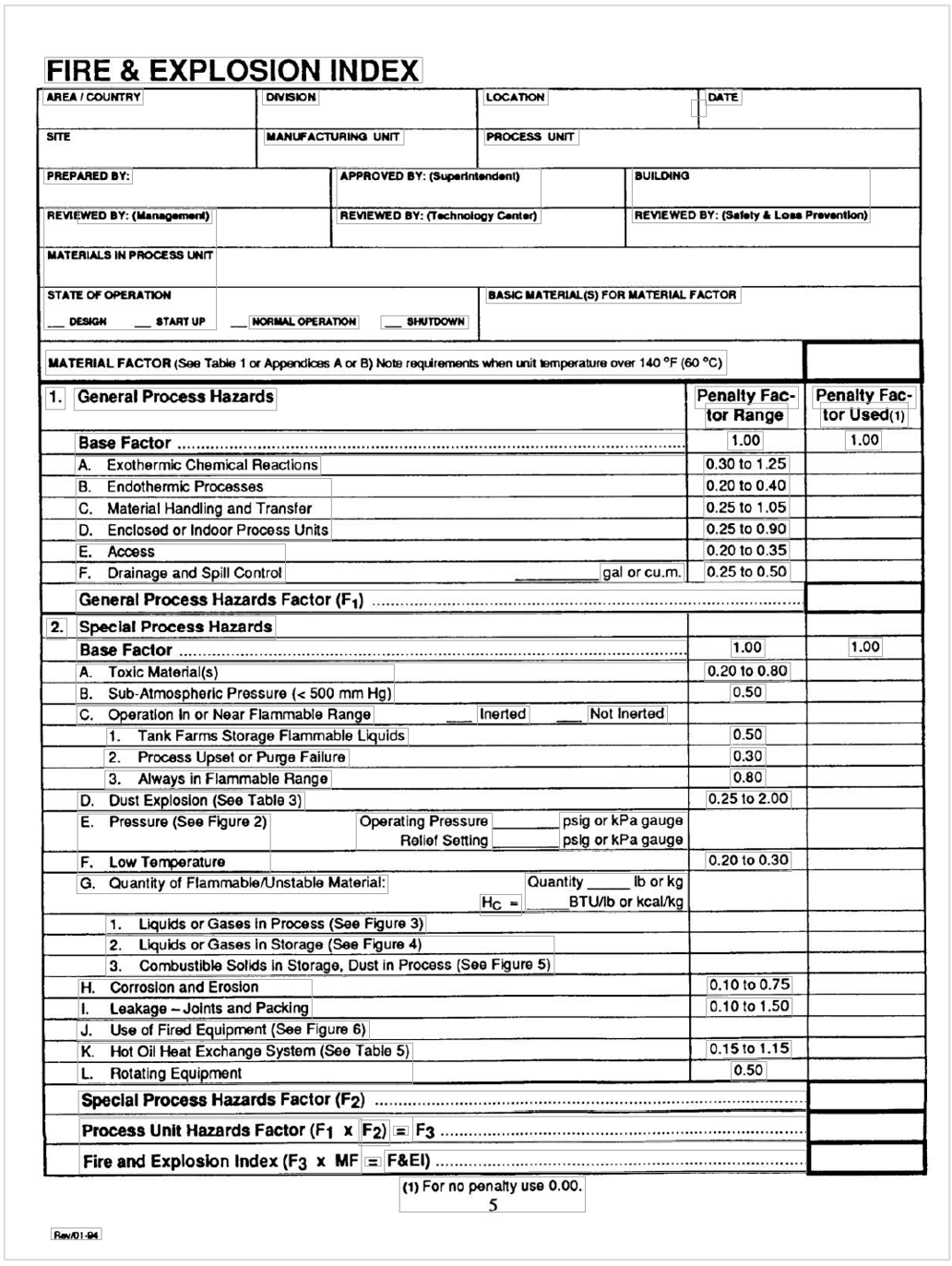
add attached
Dow Chemical Company / Down Guide
